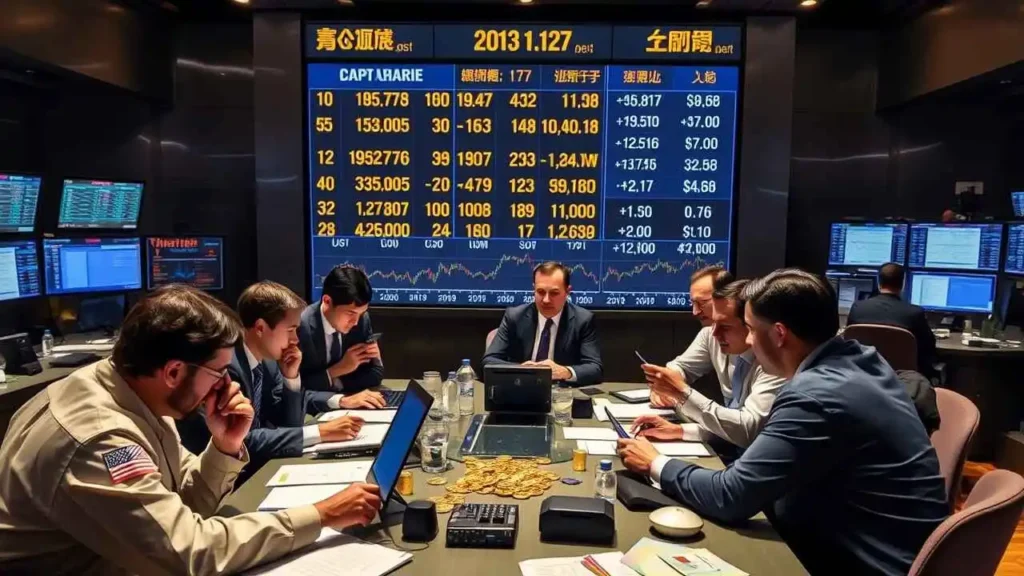
Gold Prices Explained: The Hidden Factors You Need to Know.
We often see the price of gold quoted in financial news or displayed in jewelry stores. It’s a number that fluctuates constantly, driven by a myriad of forces across the globe. But how exactly is this price determined? Is there a single entity that dictates the value of this precious metal, or is it a more complex interplay of market forces? For us, understanding this process is key, whether we’re investors, consumers, or simply curious observers of the global economy. It’s not a simple “fixing” in the sense of setting a rigid, artificial price, but rather a process of price discovery driven by immense liquidity and diverse participants.
Understanding “The Price” of Gold
First, we need to clarify what “the price” actually refers to. The most commonly referenced price is the spot price. This is the current market price at which gold can be bought or sold for immediate delivery. Alongside the spot price, there are also futures prices, which are contracts to buy or sell gold at a specific price on a future date. While futures prices are crucial for hedging and speculation, the spot price is often seen as the benchmark, representing the real-time value of physical gold.
The price we see isn’t set in a single back room. It’s a global price, influenced by trade in major centers like London, New York, Zurich, and various Asian markets. Trading happens nearly around the clock as financial centers open and close, creating a continuous market.
The Fundamental Drivers: Supply and Demand
At the heart of any market price are the forces of supply and demand. Gold is no exception, though its supply and demand dynamics are somewhat unique compared to industrial commodities.



